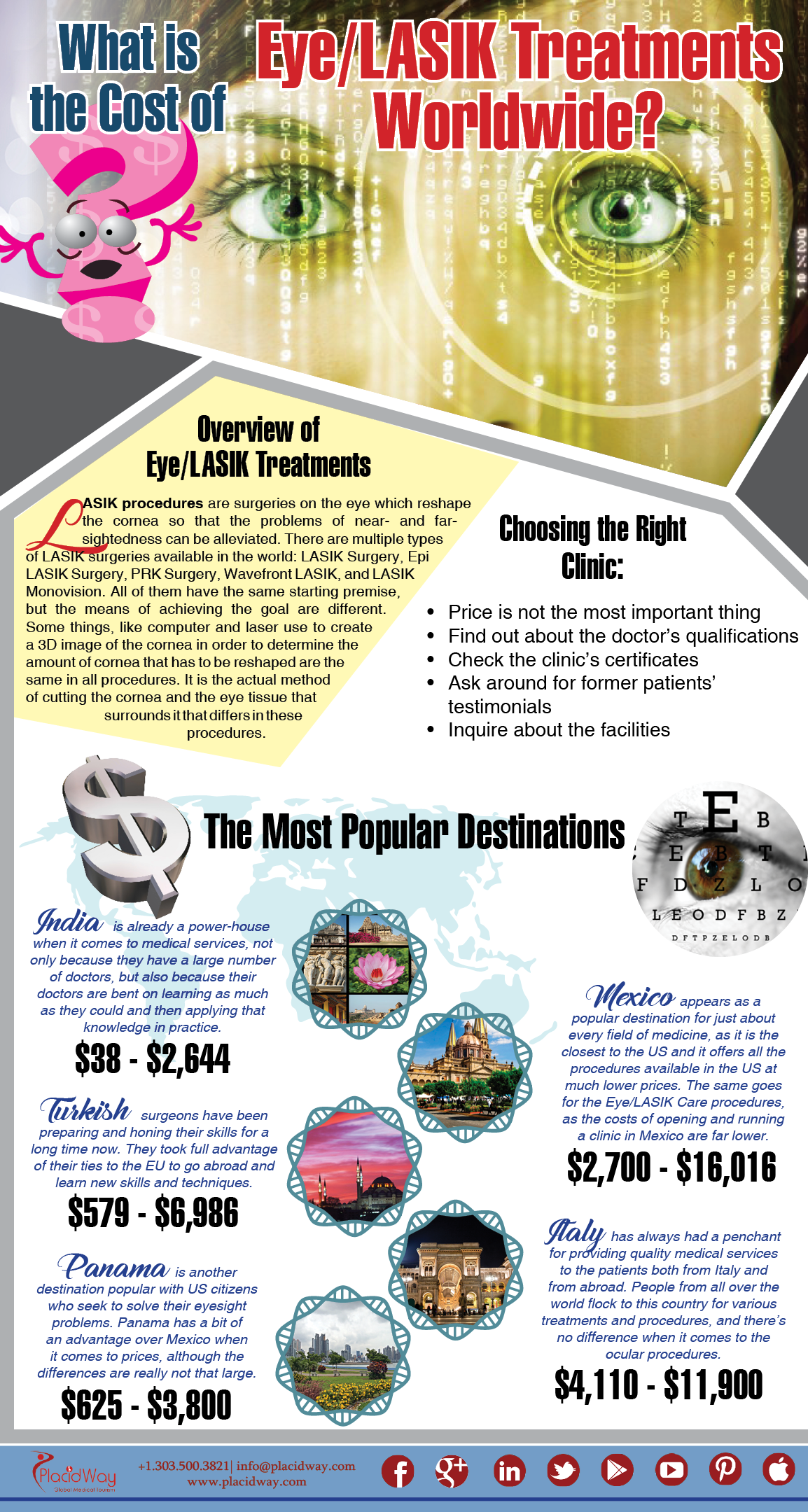When contemplating the selection between standard cataract surgical treatment and laser-assisted techniques, you may find yourself considering the benefits and drawbacks each approach provides. The decision surpasses the surface area degree of expense and accuracy, diving right into the world of long-lasting outcomes and individual fulfillment. As you browse with the complexities of these two techniques, it becomes crucial to understand the nuanced details that can considerably affect your aesthetic clarity and general experience. Stay tuned to discover the important elements that will certainly assist your decision-making process in this essential element of eye care.
Typical Cataract Surgical Treatment Benefits And Drawbacks
When thinking about traditional cataract surgery, you may discover that it's a well-established and widely-used strategy. In this treatment, a cosmetic surgeon makes a little cut in the eye and makes use of ultrasound to break up the gloomy lens before removing it. As soon as the cataract is removed, an artificial lens is inserted to recover clear vision.
Among the main benefits of traditional cataract surgery is its track record of success. Numerous individuals have actually had their vision considerably improved via this treatment. Furthermore, traditional surgical treatment is typically covered by insurance coverage, making it an extra accessible choice for many people.
Nevertheless, there are some disadvantages to conventional cataract surgical procedure also. Recuperation time can be longer contrasted to more recent techniques, and there's a somewhat higher danger of problems such as infection or swelling. Some patients might additionally experience astigmatism or need reading glasses post-surgery.
Laser-Assisted Techniques Benefits And Drawbacks
Discovering laser-assisted methods for cataract surgery introduces a modern technique that uses laser technology to carry out essential steps in the treatment. https://ziontohcv.spintheblog.com/32748123/revealing-the-ideal-cataract-surgeon-vital-factors-to-consider-to-keep-in-mind-prior-to-your-surgical-treatment of the key benefits of laser-assisted cataract surgical treatment is its precision. The laser allows for incredibly accurate cuts, which can cause better visual end results. Additionally, the use of lasers can minimize the amount of ultrasound energy required during the surgery, possibly reducing the danger of problems such as corneal damage.
On the disadvantage, laser-assisted methods can be much more costly contrasted to conventional methods. This cost mightn't be covered by insurance policy, making it much less accessible to some patients.
An additional factor to consider is that not all cataract surgeons are trained in laser modern technology, which can restrict your choices for picking a surgeon.
Lastly, while the laser can automate specific elements of the procedure, the surgery still calls for a competent specialist to guarantee effective results.
Comparative Analysis of Both Methods
For a detailed understanding of cataract surgery methods, it's necessary to perform a relative analysis of both typical and laser-assisted approaches.
Conventional cataract surgery entails manual cuts and making use of handheld devices to break up and get rid of the over cast lens.
On the other hand, laser-assisted cataract surgery uses innovative modern technology to develop precise incisions and separate the cataract with laser energy prior to removing it.
In terms of accuracy, laser-assisted strategies use a higher level of precision contrasted to standard approaches. Making cataract surgery how long does it take to heal of lasers allows for personalization of the procedure based upon each person's eye makeup, possibly resulting in far better visual outcomes.
However, laser-assisted cataract surgical treatment tends to be extra pricey than traditional surgery, which may restrict access for some individuals.
While both methods are effective in recovering vision impaired by cataracts, the choice in between typical and laser-assisted methods typically relies on factors such as cost, precision, and individual patient requirements.
Consulting with cataract surgery before vitrectomy can assist figure out the most suitable approach for your cataract surgical procedure.
Verdict
In conclusion, when deciding in between standard cataract surgery and laser-assisted strategies, take into consideration elements like expense, accuracy, and specific requirements. Traditional surgery supplies a proven performance history and insurance policy protection yet may come with longer recuperation times. Laser-assisted methods give greater precision and customization but can be more costly and not always covered by insurance policy. Ultimately, the option in between the two methods relies on what is most important to you and your certain scenario.
